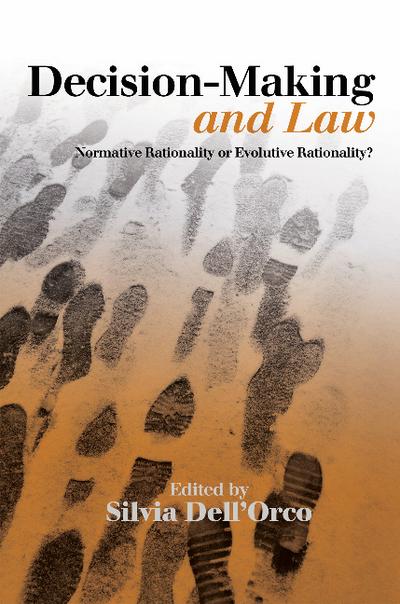Decision-making and Law
normative rationality or evolutive rationality?
- ISBN: 9781845199128
- Editorial: Sussex Academic Press
- Fecha de la edición: 2018
- Lugar de la edición: Brighton. Reino Unido
- Encuadernación: Rústica
- Medidas: 22 cm
- Nº Pág.: 112
- Idiomas: Inglés

Theoretical studies and experimental research in the fields of psychology and cognitive neurosciences have demonstrated the role of unpredictability and uncertainty in decisions that individuals make in everyday life. The process of decision-making in the real world does not correspond to any formal model, even when it occurs in ideal conditions (e.g. after lengthy reflection or on the basis of available and pertinent information), but rather is conditioned by distorted representation, generated by a host of chaotic and fluctuating factors, making an optimal responses highly unlikely. Research has shown that our brain does not use normative models of reasoning, but rather a sort of evolutive rationality, an ongoing process since the beginning of the species to be adaptively more effective. In addition, subjective and inter-individual factors also act on the decision: the willingness to take on the task; its risk assessment; the courage and personality of the decision-maker; his or her decision-making styles; the fear of possible future consequences; and more. Asymmetries between models of rational choice and the concrete behavior of people are evident also in the field of law, such as canon law with its demonstration of consent, and in the matrimonial institution, which may be subject to coercive influences as well as in other law-related areas. Expert contributors, from fields of neuroscience and psychology, examine the possible defects in the informal choice criteria as determined by the interface and interference of cognitive and contextual elements in the evaluation of the problem to hand and of available information in order to determine measurable degrees of certainty/uncertainty.






